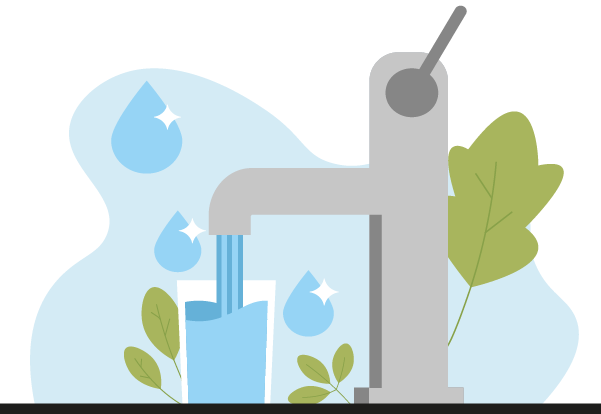Webinars

Our Sustainability Journey
This webinar explores how the HVAC market needs to adapt to meet the UK’s ambitious environmental targets

Understanding MVHR for Commercial Buildings – Airflow
The webinar discusses the importance of ventilation and why mechanical ventilation with heat recovery (MVHR) is an ideal solution for commercial buildings.

Sponsored by

Path to Net-Zero: Metering and Monitoring
This webinar introduces the fundamentals and basic standards of energy measurement which can be prescribed in any type of buildings to ensure hyper energy…

Sponsored by

Tech Showcase webinar: Save time and money building electrical and mechanical specifications
chneider Electric share how the EcoStruxure Spec Builder tool can save you time, and money.

Sponsored by

Sustainably Sustaining Power
In this webinar learn how sustainability innovations developed for the largest data centres are now available to general users.

Sponsored by

How to streamline MEP design workflow with accurate calculations assured by CIBSE’s software verification assessment programme
This webinar will describe and demonstrate the process and value of using verified software

Sponsored by

Getting the elephant in the room – Effective design of resilient UPS facilities
This webinar will help attendees understand how they can reduce the footprint, ease installation and maintenance and extend the life of uninterruptible power supply…

Sponsored by

Drinking water hygiene: utilising system design and press connections to minimize health risks
This webinar highlights best practice for pipework installation layouts to help guarantee potable water is delivered to users

Sponsored by

Lighting the path to easily comply with the new building regulations
In this webinar you will learn how to easily comply with the new requirements outlined in the approved document.

Sponsored by

Upfurbishment – designing new pump technology into older spaces
This webinar looks at the returns that can be generated by upgrading and elevating the building services infrastructure to deliver carbon savings and improve efficiencies.
